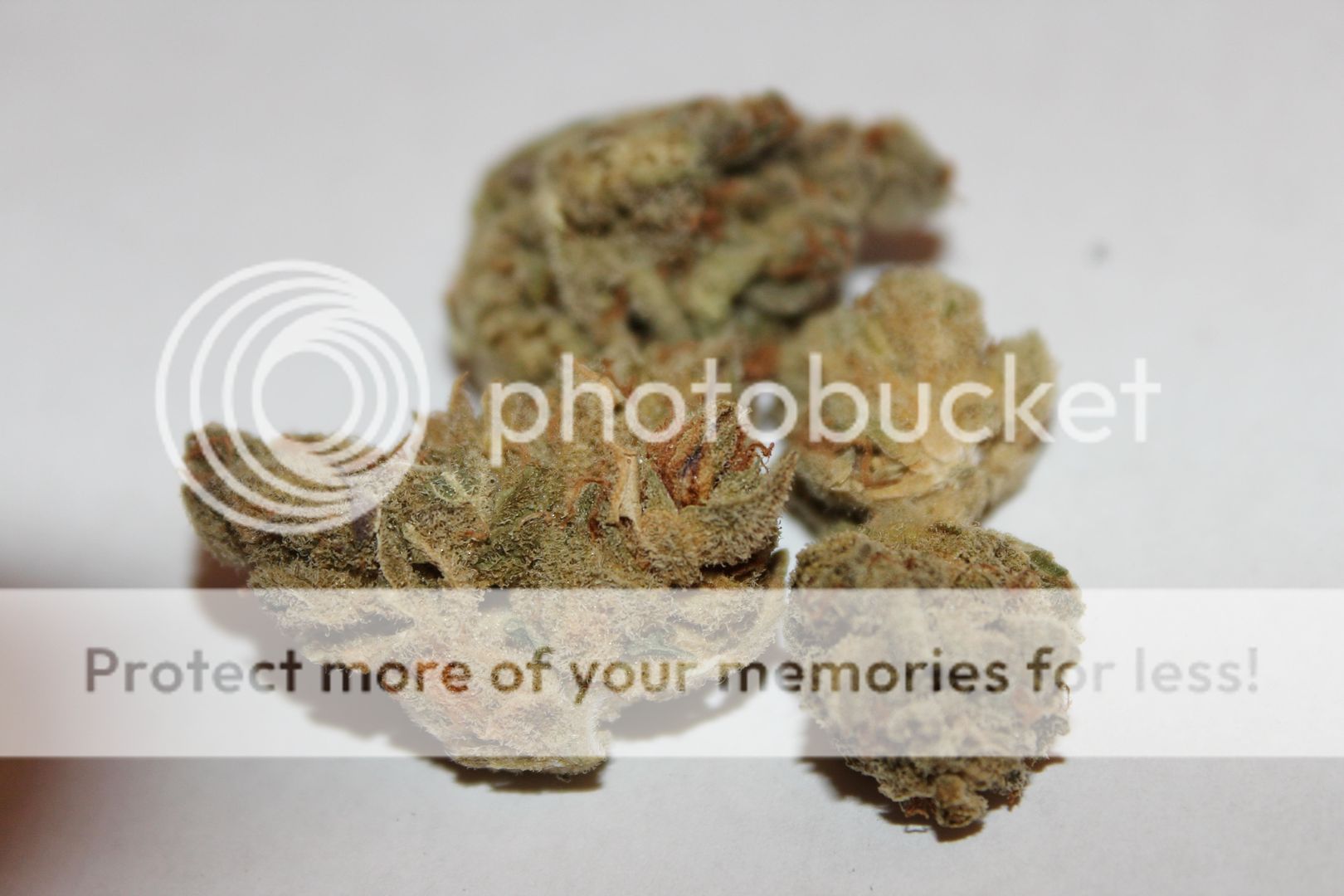Yeah, I'm pretty familiar with different ways of quantifying light output, Lumens unfortunately seems to b most common still.
I do know that PAR lighting is higher proportionality with LED vs HID but I need total PAR output to be equivalent to a 1000watt HID.
So with PPF, my understanding was that PPF/PPFD, when measured using units,µmol of photons/m2/second, is one way of measuring PAR lighting. I'm a biology major and recently took Botany.
wiki,
http://en.wikipedia.org/wiki/Photosynthetic_photon_flux_density
"PAR is normally quantified as µmolphotons/m[SUP]2[/SUP]
/second, which is a measure of the photosynthetic photon flux (area) density, or PPFD. PAR can also be expressed in energy units (irradiance, W/m[SUP]2[/SUP]
). W/m[SUP]2[/SUP]
measurements are important in energy balance considerations for photosynthetic organisms. Because photosynthesis is a quantum process, PPFD is generally used by plant biologists."
The way my professor explained it was that lumens are still commonly used because light bulb manufactures typically care more about visible light and PAR specs are harder to obtain if you dont have the proper instruments.
So my problem is HID bulb manufactures wont list PAR output (partly because not all plant species have exactly the same proportions of pigments so measuring PAR becomes tricky and the "area part" of PAR the m2 can refer to the actual surface area of the leafs being struck or the general foot print of the light. Often botanist are more interested in the former which is difficult to quantify ) AND LED manufacturers wont list lumens or lux because, aside from being a inaccurate way to describe usable light output their number would be low and that may look bad to laymen when comparing HID to LED.
Wish I could find the PAR output of some common 1000 watt HPS bulbs.












